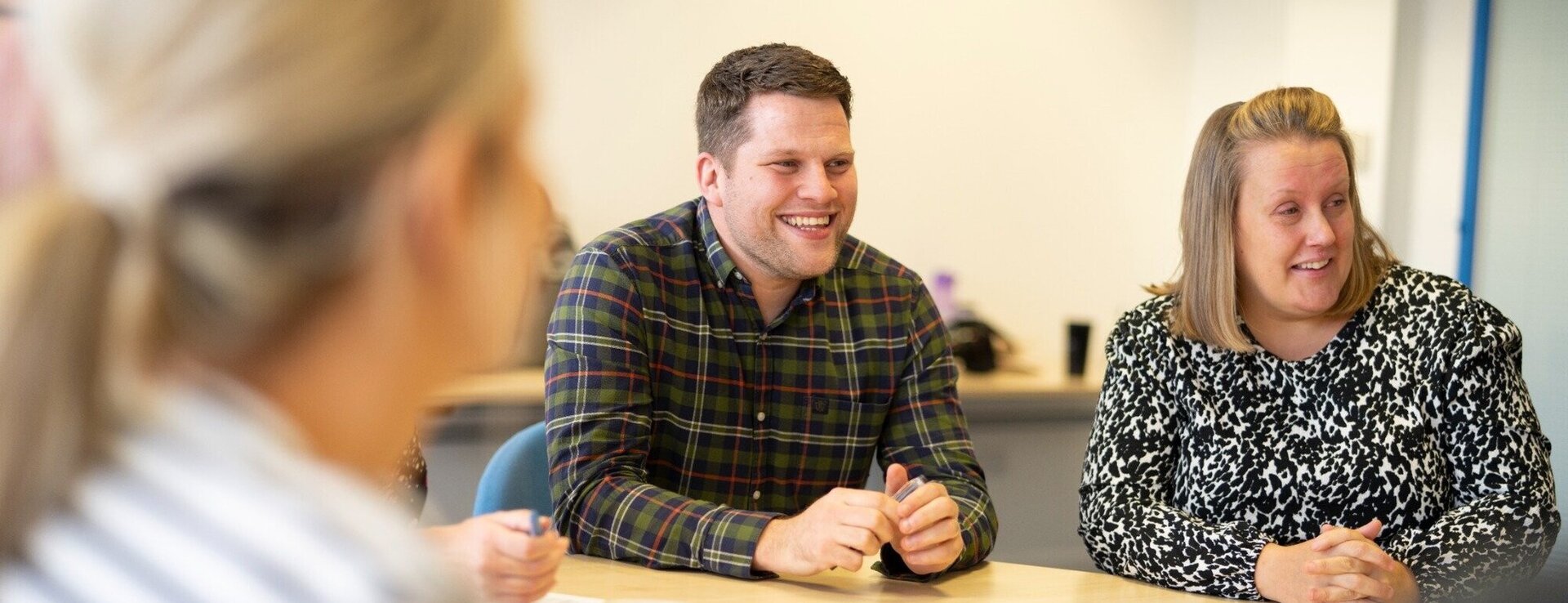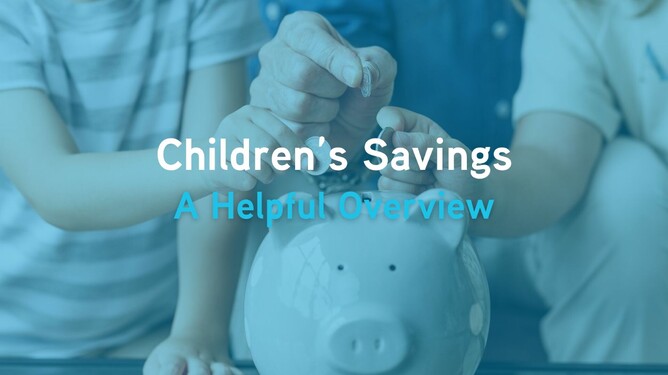Children’s Savings: Giving Your Child a Head Start in Life
Many parents want to give their children a solid financial start but aren’t always sure where to begin. The good news is that the UK tax system provides several savings and investment options specifically designed for children, each with different rules on access, tax treatment and contribution limits.
Saving early isn’t just about putting money aside for an 18th birthday. It could reduce the need for expensive borrowing at university, help fund a first driving lesson or holiday, provide a house deposit boost, or even kick-start a pension. Starting sooner means you make the most of allowances and give interest, dividends and tax relief time to grow.
Junior ISAs (JISAs)
Annual limit: £9,000 per child in 2025/26
Options: Cash JISA or Stocks & Shares JISA (or a mix of both)
Access: Locked until the child’s 18th birthday, at which point the account becomes an adult ISA
Tax: All interest, dividends and gains are tax-free
JISAs remain the main tax-free wrapper for children and are often the first port of call for parents and grandparents looking to save.
Child Trust Funds (CTFs)
Children born between 1 September 2002 and 2 January 2011 may still have a CTF. These can be left as they are or transferred into a Junior ISA. Transferring doesn’t use up the £9,000 JISA allowance, meaning you can top up the JISA immediately after the transfer.
It’s worth checking whether an old CTF is still active, as HMRC estimates hundreds of thousands remain unclaimed.
Children’s Savings Accounts
Standard children’s savings accounts are simple and flexible. Interest is taxable, but children benefit from the same personal allowance (£12,570 in 2025/26) and starting-rate band for savings (up to £5,000 of interest tax-free if they have no other income).
One important note is the “£100 parental interest rule”: if a parent provides the money and the interest earned exceeds £100 in a year, the interest is taxed as the parent’s. Gifts from grandparents or others aren’t affected.
Premium Bonds
Premium Bonds can be held in a child’s name, up to £50,000. There’s no guaranteed interest, but children have the chance to win tax-free prizes instead. For families who’ve already maxed out the JISA allowance, Premium Bonds can be a way to put aside more money tax efficiently.
Junior SIPPs (Pensions)
It may feel unusual to think about pensions for children, but starting early has powerful effects thanks to compound growth. Contributions of up to £2,880 a year attract basic-rate tax relief, so £2,880 becomes £3,600 straightaway. Funds are locked until the child reaches retirement age, making this more suitable as part of long-term family wealth planning.
Six Practical Steps to Get Started
Check what accounts your child already has — JISA, CTF, or both.
Clarify your goals — university costs, a house deposit, or long-term retirement savings.
Use allowances in order — start with JISAs, then consider Premium Bonds or junior pensions.
Set up regular payments — even small monthly amounts add up.
Review accounts annually — rates, providers and rules change over time.
Involve your child — show them statements and talk about savings to build financial awareness early.
Final Thoughts
Saving for your children doesn’t have to be complicated, and the benefits can last a lifetime. By making use of annual allowances and starting early, you can give your child the gift of financial confidence and opportunity.
Every family’s situation is different, so before making decisions about where and how much to save, it’s always worth speaking to an Independent Financial Adviser. They can help you balance today’s priorities with tomorrow’s opportunities and ensure your choices fit your long-term plans.

